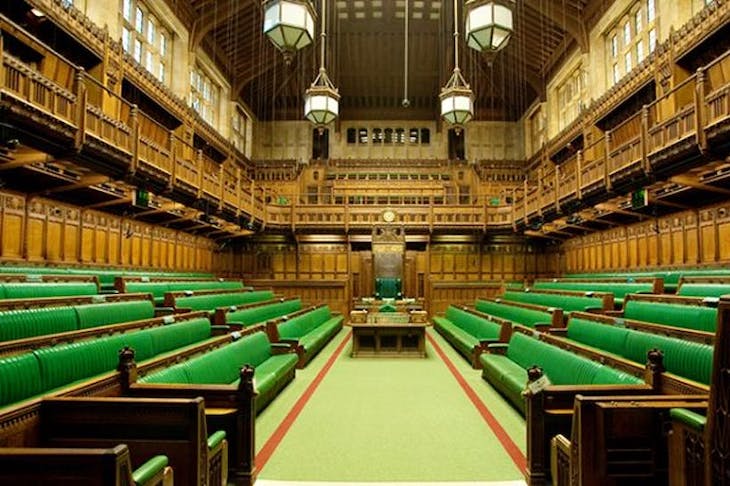The second round of indicative votes has failed to break the Brexit deadlock. Again, none of the options got a majority.
The customs union came closest for a second time, falling only three votes short on this occasion—273 to 276. Nick Boles’ Common Market 2.0 was 21 short of a majority despite the support of Labour and the SNP. If the DUP’s 10 MPs had voted for it, then it would have got exceptionally close. Boles responded to the defeat by quitting the Tory party saying that it was the Tory party’s refusal to compromise that meant no consensus could be found. The confirmatory—or second referendum—was 12 votes shy and there was a 101 vote majority against revoking Article 50 to prevent no deal.
So, what happens now? Well, the Cabinet meets tomorrow to try and chart a way forward and Oliver Letwin takes over the Commons again on Wednesday afternoon.
There are those in the Cabinet who think that the government could take the customs proposal from Common Market 2.0, which Labour supported and is for a customs union until alternative arrangements that maintain frictionless trade between the UK and the EU, and see if that can be used to get Labour’s support for May’s deal. This would be unpalatable to many members of the Cabinet, and particularly the Brexiteer ones. But on a theoretical level it doesn’t rule out the UK having an independent trade policy in future—if these alternative arrangements can be found—and for that reason May might hope this proposal could avoid a mass Cabinet walkout.
But tonight the Brexit uncertainty has only increased. We now know that the Commons is against Theresa May’s deal, a customs union, Norway Plus, a second referendum, staying in the EU and no deal. But we still don’t know what it is in favour of, let alone what might be able to command a stable majority.







Comments